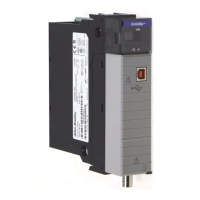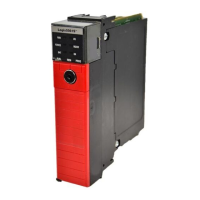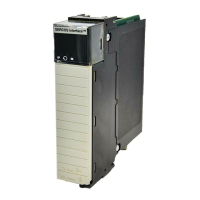20 Rockwell Automation Publication CNET-UM001F-EN-P - February 2018
In this case, the ControlLogix controller and the 1756-CN2 module in the
local chassis together act as a scanner, while the 1756-CN2 module in the
remote chassis with the I/O plays the role of an adapter.
Every ControlNet network requires at least one module to store programmed
parameters for the network and configures the network with those parameters
when the module is started. This module is called a keeper because it keeps
the network configuration. RSNetWorx for ControlNet software configures
the keeper.
To avoid a single point of failure, a ControlNet network supports multiple
redundant keepers. These ControlNet communication modules are keeper-
capable devices:
• 1756-CN2 and 1756-CN2R modules
• 1756-CNB and 1756-CNBR modules
• 1768-CNB and 1768-CNBR modules
• 1769-L32C and 1769-L35CR controllers
• 1784-PCICS and 1784-PKTCS cards
• 1788-CNx cards
• PLC-5C module
On a multi-keeper network, any keeper-capable module can keep the network
at any legal node address (01...99). The multi-keeper-capable node with the
lowest node address becomes the active keeper provided it is valid. It has
been configured by RSNetWorx for ControlNet software and that
configuration is the same as that of the first keeper that became active after
the network was formed or reconfigured by RSNetWorx software.
If the active keeper is taken off the network, a valid back-up keeper can take
over for it and continue to act as keeper. As long as at least one valid multi-
keeper device is present on the network, new scheduled connections can be
established.
To review the valid keeper devices on your network, follow this procedure in
RSNetWorx for ControlNet software.
Network Keeper

